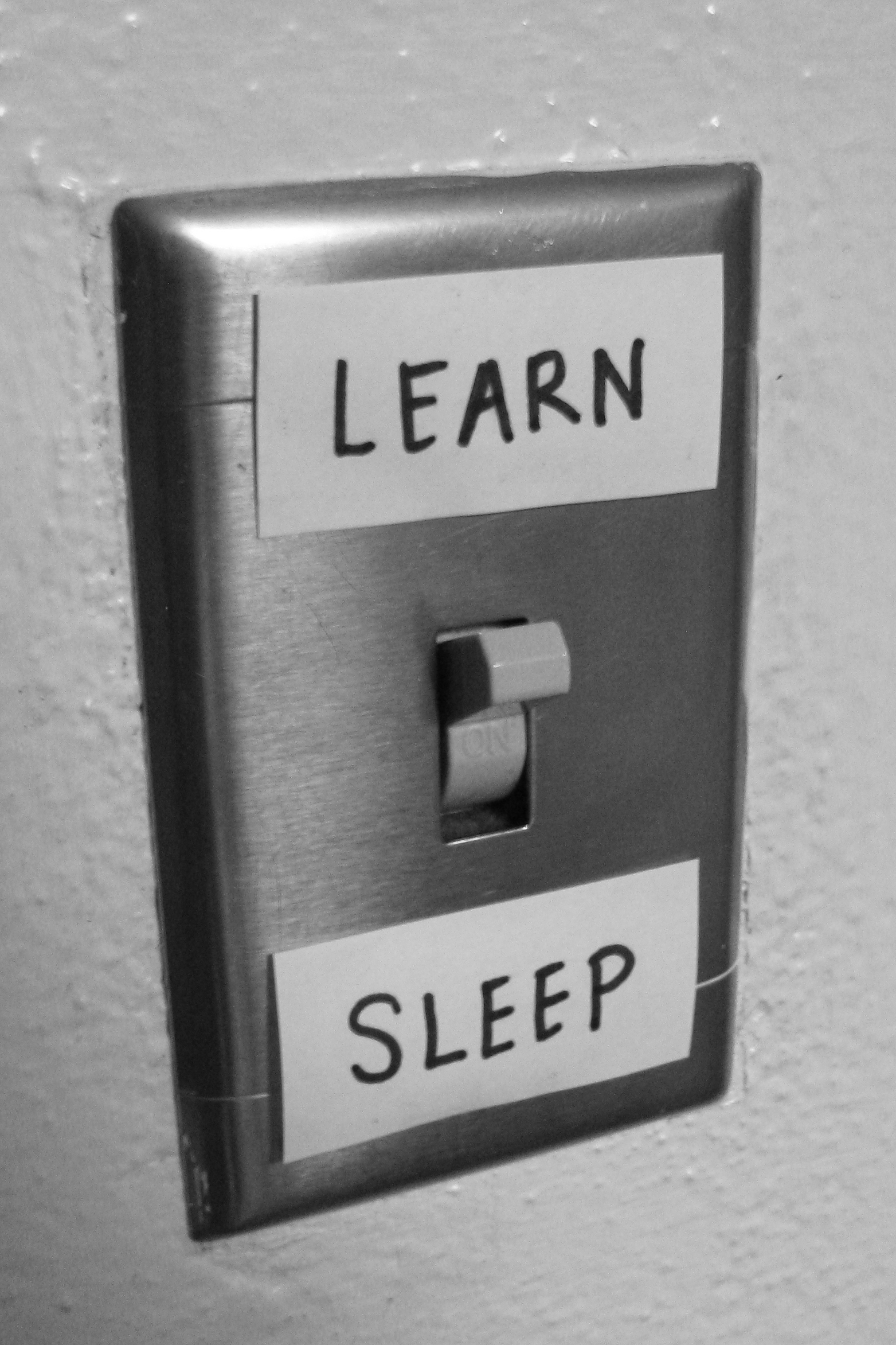Shedding some light on learning
 The dust has settled and as registration for spring semester classes wraps up, you realize that you’ve somehow ended up with an 8:00 a.m. class. It’s going to be a 50-minute nearly-impossible struggle against nodding off, right? Not necessarily.
The dust has settled and as registration for spring semester classes wraps up, you realize that you’ve somehow ended up with an 8:00 a.m. class. It’s going to be a 50-minute nearly-impossible struggle against nodding off, right? Not necessarily.
It’s possible that your alertness during class may not depend on the amount of light rising over the eastern horizon, but rather on the amount of light shining from your classroom ceiling. A study done at Stanford University (“The Role of Melanopsin in Circadian Responses to Light”) suggests that our internal clocks are light-sensitive. This means that we behave kind of like pet birds. Turn out the light and BAM—naptime. Perhaps our hyper-sensitivity to the darkness stems from our continual use of glowing screens, late into the evening and early morning hours. We’re so used to continual light that when it finally goes away, our bodies signal us that it’s time to sleep because it’s finally nighttime.
Or maybe the drowsiness that onsets dark classrooms is linked to the boredom that often accompanies it. Darkness goes hand in hand with PowerPoint lectures. And who hasn’t felt slightly lulled to sleep by a PowerPoint lecture at some point, no matter how much they liked a class? Perhaps something could be done to make these lectures more engaging.
For example, what if the J-term class “Dinosaurs and their Food” brought in real dinosaurs? (Our tuition can cover that, right?) What if, instead of those squeaky lecture hall chairs with flip-down surfaces the size of a postage stamp, we had trampolines? What if exams incorporated obstacle courses?
Or, what if we turned on the lights?
It’s true that PowerPoint has made an alliance with the dark side for a good reason—it’d be hard to see the slides otherwise. But turning off only half of the classroom lights, or just the ones over the screen, is often sufficient to maintain visibility while still enabling photosynthesis-powered note-taking.
But while this theory about light is all well and good, it alone might not be enough to keep you going through the approaching Minnesota winter we all know and love (and for those of you who are new to the Minnesota winter, I’m going to warn you that, unlike Gustavus, it doesn’t have a no-hazing policy).
Anyway, there’s going to come a time when, after trekking through the snow and wind to class, you’re going to settle down in your seat, still bundled up, and you’re going to feel all warm and cozy and you’re going to start feeling drowsy. At this point, no amount of fluorescent light can save you. You’re going to have to settle for some good-old-fashioned tactic, such as drinking caffeine (which you can get for free in the PA office on Mondays).
However, until the winter lethargy hits its hardest, ask your profs if they would be willing to keep a few more lights on. Unless you were trying to sneak in a nap, of course.
